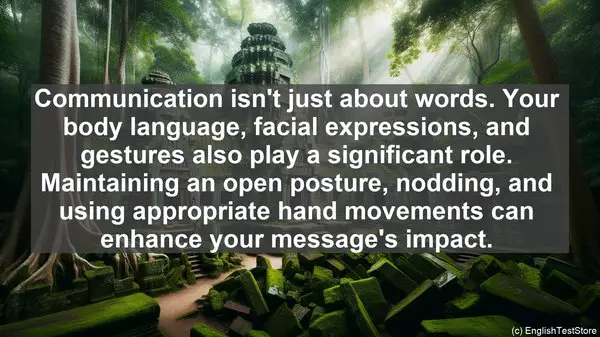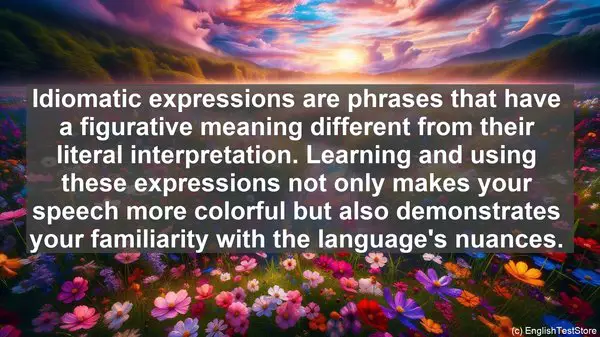Introduction: The Art of Sophisticated Conversations
As an English teacher, I understand the challenges of engaging in complex discussions. Today, I’ll share ten techniques that can transform your conversations. Let’s dive in!
1. Active Listening: The Foundation of Meaningful Conversations
Active listening involves not just hearing, but fully comprehending what’s being said. It includes maintaining eye contact, nodding, and asking follow-up questions. This shows your interest and encourages the speaker to elaborate, leading to deeper conversations.
2. Expanding Vocabulary: The Key to Expressing Nuanced Ideas
A rich vocabulary allows you to convey your thoughts precisely. Regularly reading books, articles, and listening to podcasts can expose you to new words. Make it a habit to note them down, understand their meanings, and practice using them in sentences.

3. Mastering Idiomatic Expressions: Adding Flair to Your Speech
Idiomatic expressions are phrases that have a figurative meaning different from their literal interpretation. Learning and using these expressions not only makes your speech more colorful but also demonstrates your familiarity with the language’s nuances.
4. Researching Topics: Being Well-Informed for Engaging Discussions
Before participating in a conversation on a specific topic, conduct thorough research. Read articles, watch videos, and gather relevant information. This preparation equips you to contribute meaningfully and substantiate your viewpoints.
5. Polite Interruptions: Balancing Active Participation and Respect
While interrupting someone mid-sentence may seem impolite, there are situations where it’s acceptable. Use phrases like ‘May I add?’ or ‘Could you clarify?’ to interject respectfully. This shows your engagement and keeps the conversation dynamic.

6. Paraphrasing: Ensuring Clear Understanding and Avoiding Miscommunication
Paraphrasing involves restating what someone has said in your own words. This technique not only confirms your comprehension but also helps in clarifying any potential misunderstandings. It shows that you’re actively processing the information.
7. Embracing Silence: Allowing for Reflection and Thoughtful Responses
Silence, when used strategically, can be powerful. Instead of rushing to fill every gap, take a moment to process the information and formulate a thoughtful response. This demonstrates your consideration and can lead to more profound discussions.
8. Non-Verbal Cues: Conveying Messages Beyond Words
Communication isn’t just about words. Your body language, facial expressions, and gestures also play a significant role. Maintaining an open posture, nodding, and using appropriate hand movements can enhance your message’s impact.
9. Constructive Feedback: Encouraging Ongoing Learning and Growth
In conversations, it’s not just about speaking but also providing valuable feedback. When someone shares their ideas, acknowledge their contribution, and offer constructive insights. This fosters a collaborative environment and promotes continuous learning.
10. Cultural Sensitivity: Respecting Differences for Harmonious Conversations
In today’s globalized world, conversations often involve individuals from diverse cultural backgrounds. Being aware of and respecting these differences is crucial. Avoid assumptions, be open-minded, and embrace the opportunity to learn from others.
